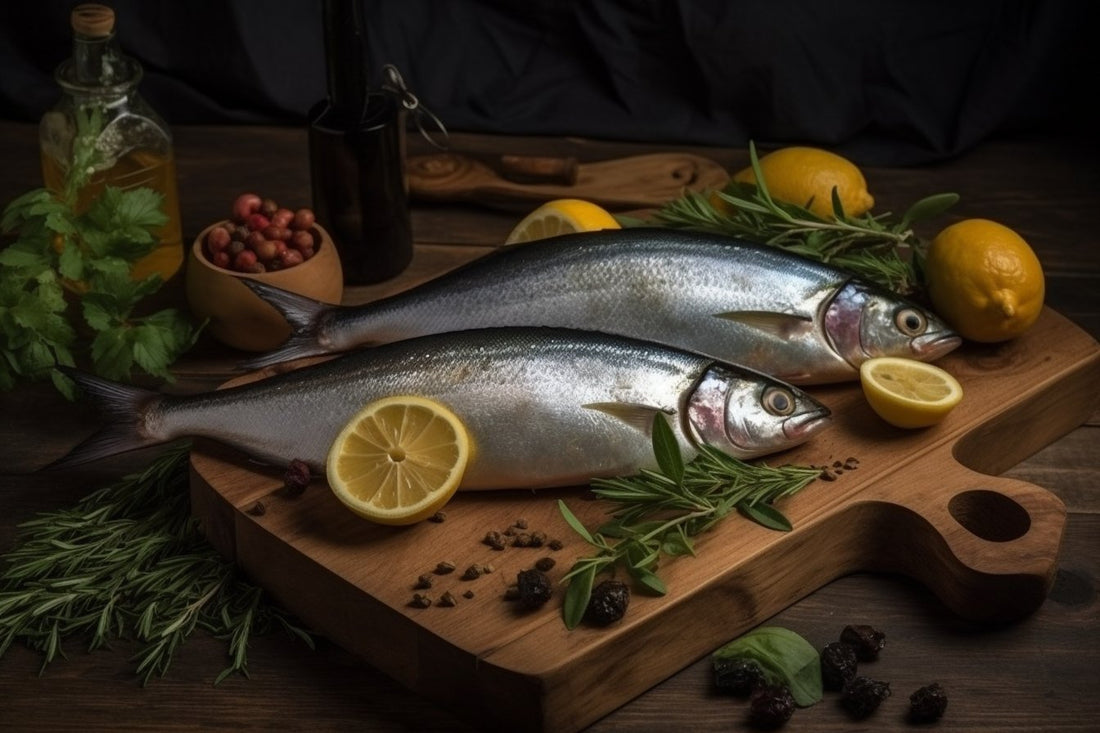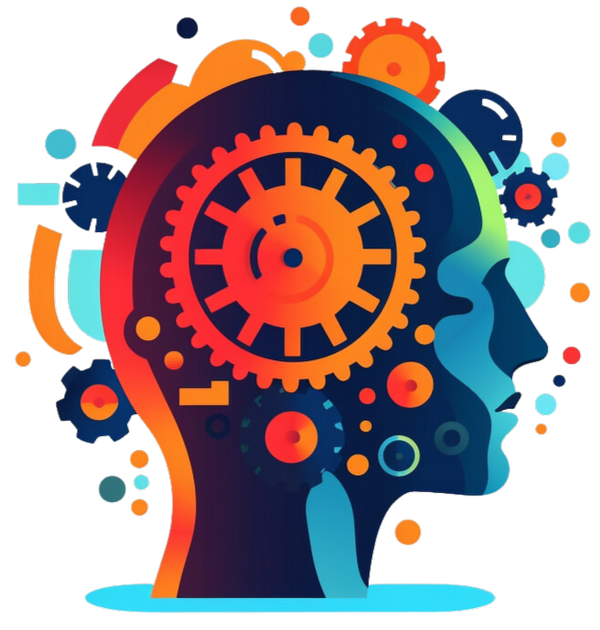
The right diet for people with ADHD
Share
A tailored meal plan can help alleviate ADHD symptoms. This blog post provides scientifically based insights into optimal nutrition for ADHD.
Omega-3 fatty acids : brain function and development
Omega-3 fatty acids, particularly EPA (eicosapentaenoic acid) and DHA (docosahexaenoic acid), play a crucial role in brain function and cognitive development. Omega-3 fatty acid deficiencies are more common in people with ADHD (Hawkey & Nigg, 2014). A 2017 study (Chang et al.) showed that daily intake of omega-3 fatty acids significantly improved attention and behavior in children with ADHD. Fish, such as salmon, mackerel, or herring, is an excellent source of omega-3. Flaxseeds, chia seeds, and walnuts are suitable alternatives for vegetarians and vegans.
Iron : Important for the production of dopamine
Iron plays an important role in the production of dopamine, a neurotransmitter that is imbalanced in ADHD. A 2008 study (Konofal et al.) found that low blood iron levels are more common in children with ADHD and that iron supplementation can reduce symptoms in some cases. Good sources of iron include red meat, poultry, lentils, chickpeas, and spinach.
Zinc : a trace element that should not be missing
Zinc deficiency has also been linked to ADHD (Arnold et al., 2005). A 2011 study (Akhondzadeh et al.) showed that zinc can be beneficial as an adjunct to conventional drug treatment for ADHD in children. This is especially true when combined with ADHD medication. Zinc-rich foods include meat, shellfish, pumpkin seeds, and whole grains.
High-quality proteins : brain food par excellence
Proteins provide the building blocks of neurotransmitters such as dopamine and norepinephrine, which are important for attention and impulse control. A protein-rich diet can help improve attention and behavior in people with ADHD (Seo et al., 2019). Good sources of protein include meat, fish, eggs, legumes, nuts, and seeds. Those who are brave enough can also turn to insects such as crickets and grasshoppers...
Avoid additives or artificial colors
Some studies have found a link between ADHD symptoms and the intake of certain food additives and artificial colors (Stevens et al., 2011). Since 2010, the EU Food Additives Regulation has required warnings for certain food colors, such as Tartrazine (E102), Allura Red (E129), and Ponceau 4R (E124), because they could cause hyperactivity in sensitive children. Therefore, it is advisable to avoid foods containing artificial additives and colors and instead prefer natural and unprocessed foods.
Balance and regularity
A balanced diet rich in vitamins, minerals, fiber, and antioxidants can contribute to overall brain health and reduce ADHD symptoms. It's important to schedule regular meals and snacks to keep blood sugar levels stable and avoid cravings. A 2019 study (Ríos-Hernández et al.) showed that a Mediterranean-style diet rich in fruits, vegetables, whole grains, nuts, legumes, and fish is associated with improved attention and impulse control in children with ADHD.
The bottom line: While there is no universal diet that is equally effective for everyone with ADHD, studies show that a targeted diet that prioritizes certain nutrients and foods can help alleviate ADHD symptoms . Incorporating omega-3 fatty acids, iron, zinc, and protein into your daily diet, avoiding food additives and artificial colors, and focusing on balanced, regular meals can be helpful in managing ADHD.
It is advisable to discuss dietary changes with a specialist doctor or nutritionist to take individual needs and possible interactions with medications into account.
